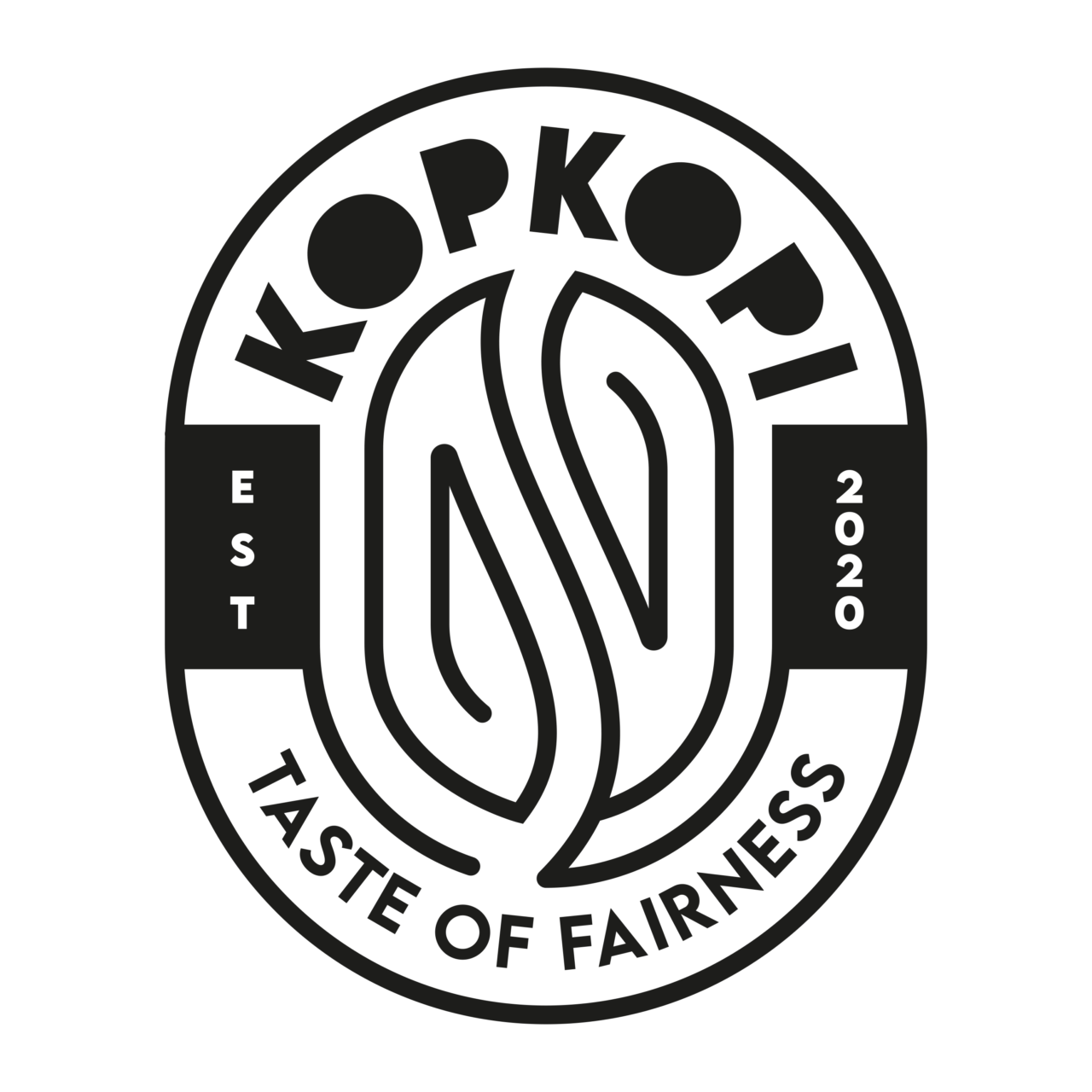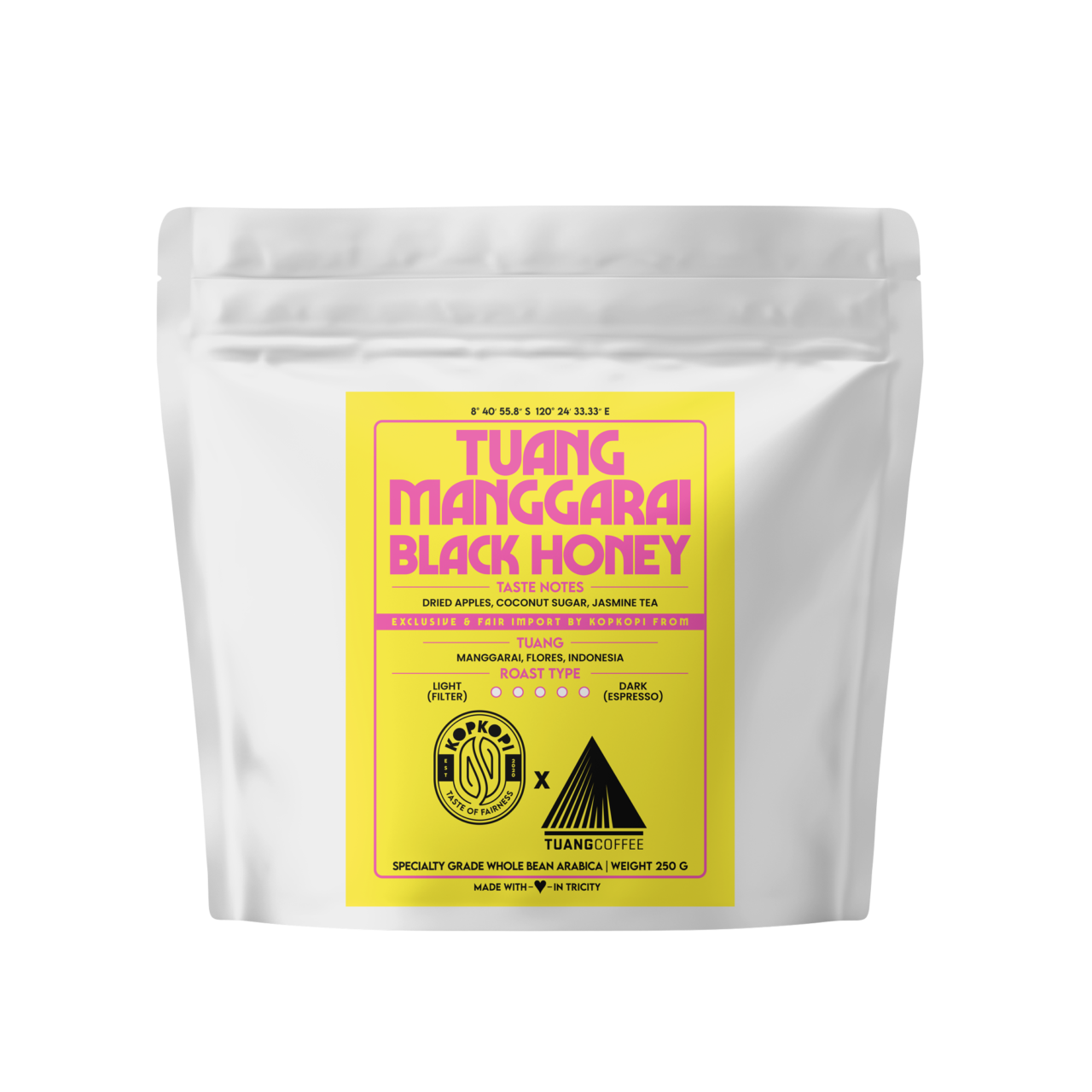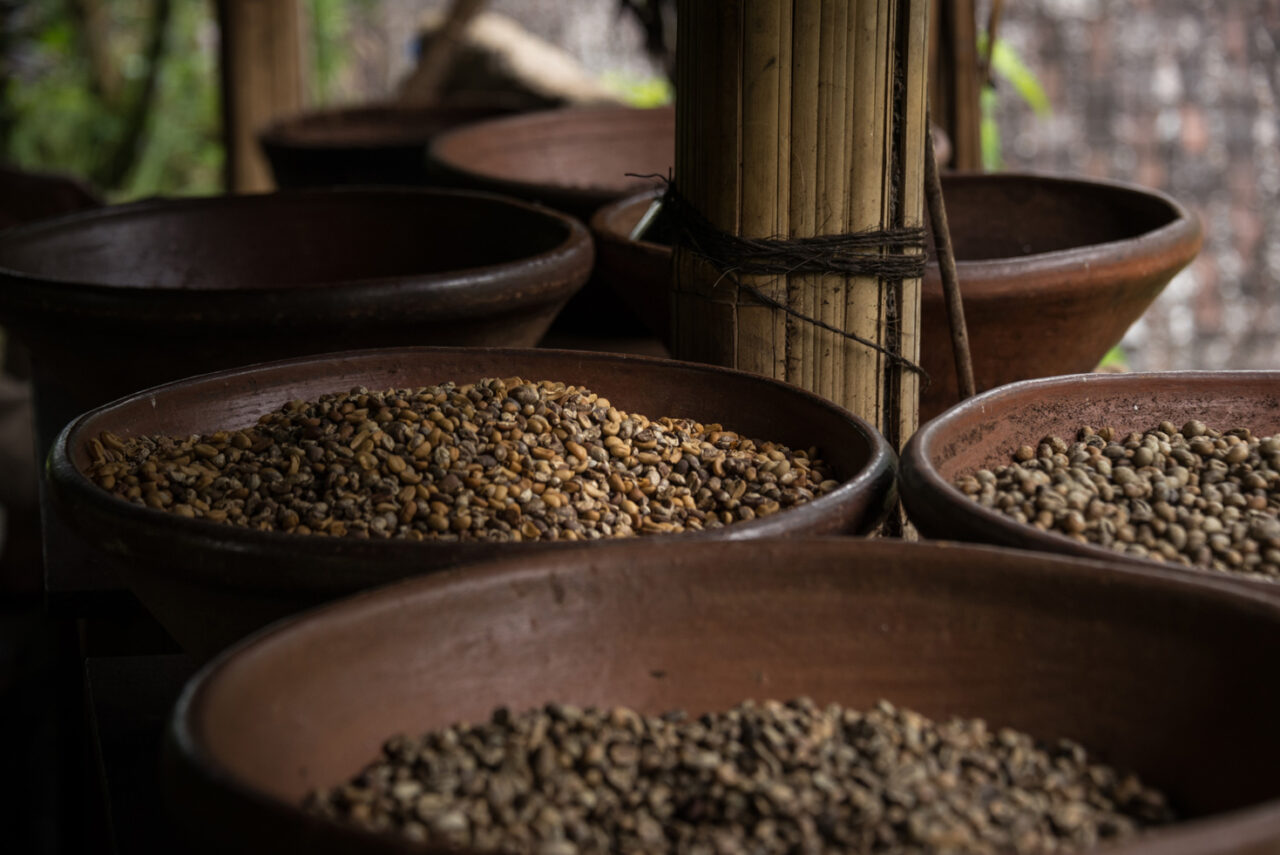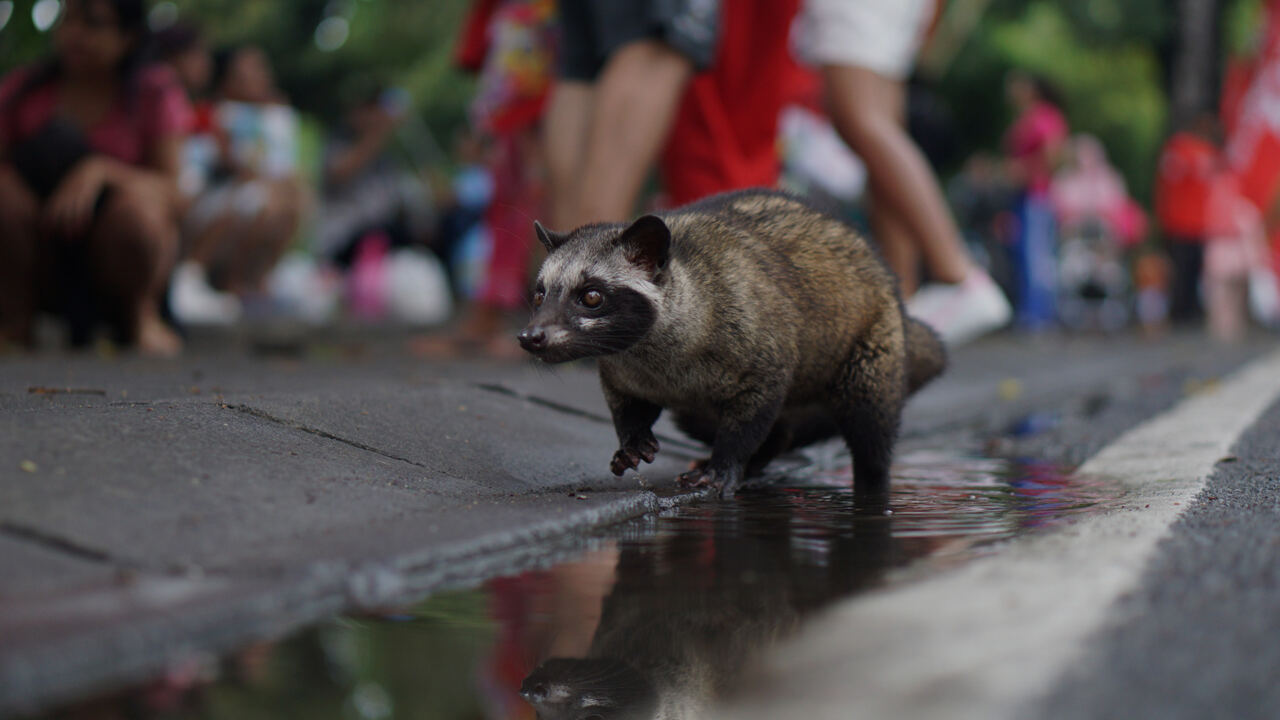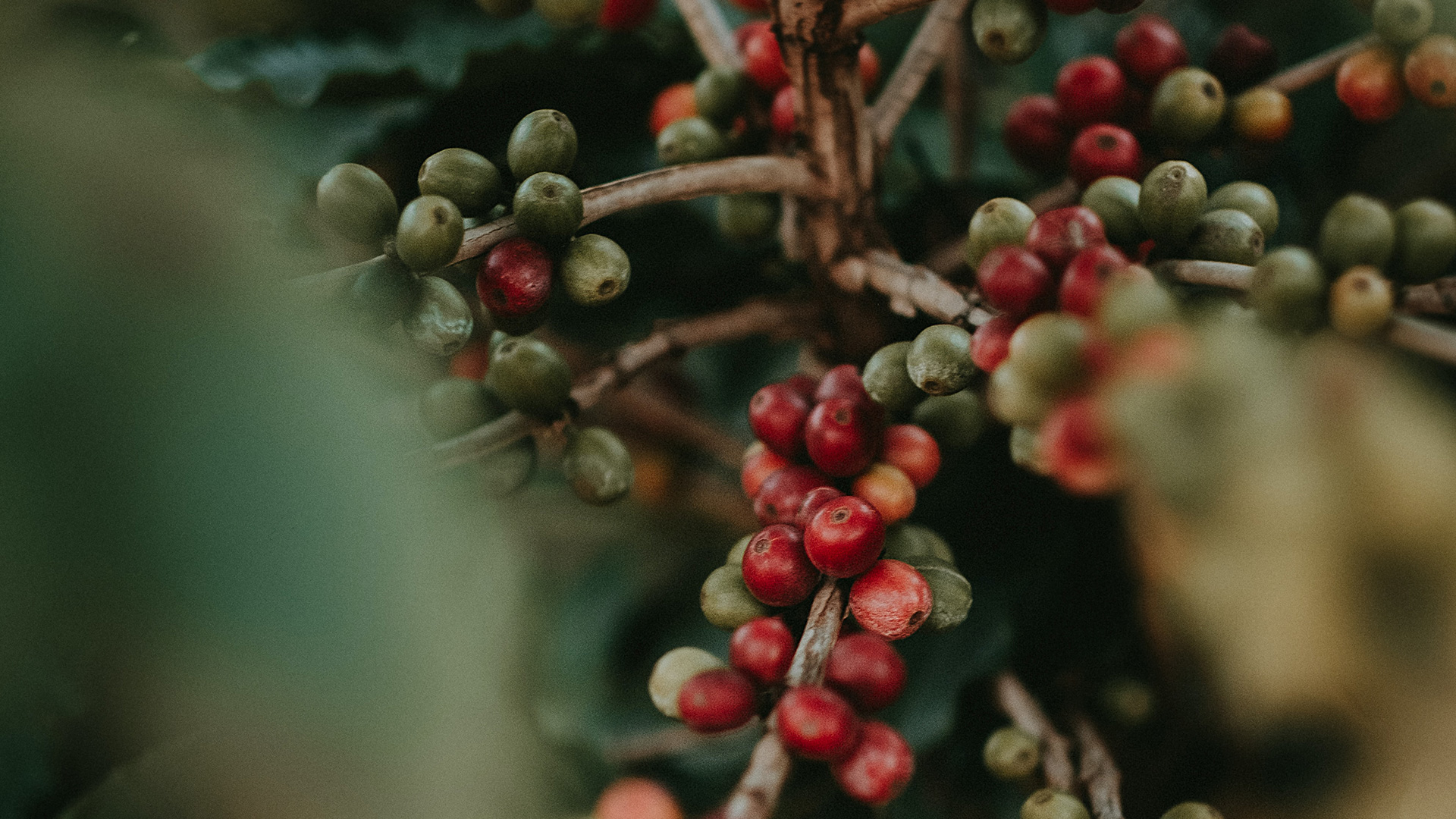TALKS | SUNDA Coffee, Indonesia’s Best coffee
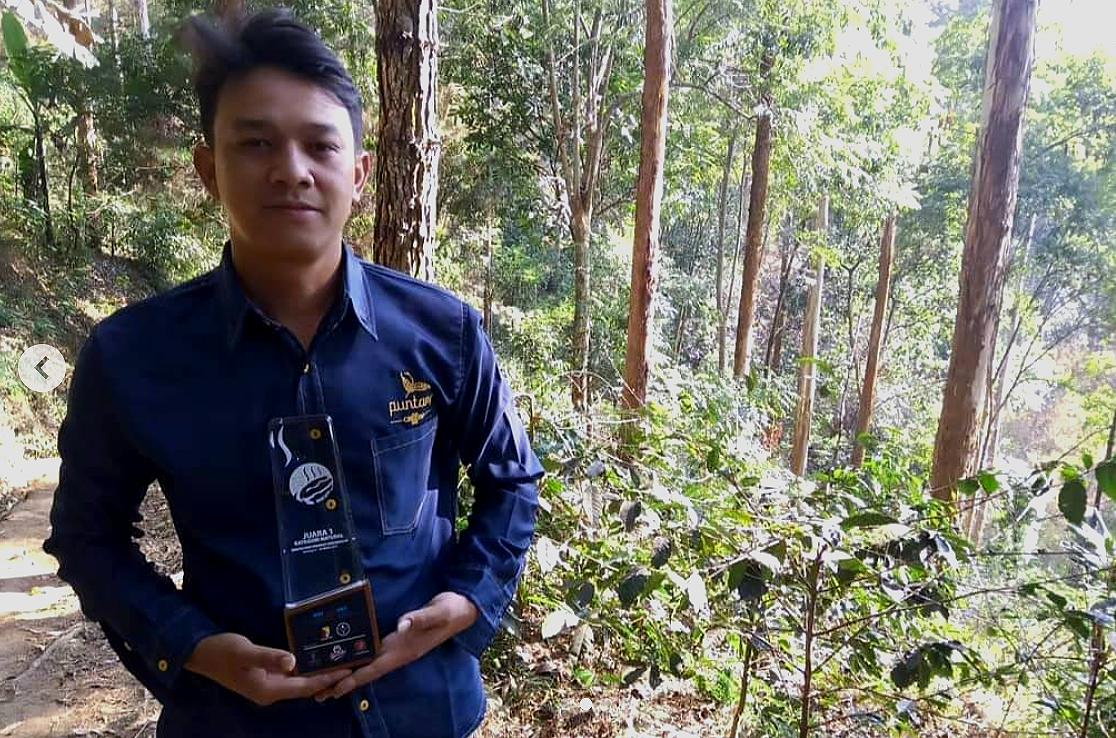
Todays Talk is about INDONESIA’S BEST COFFEE OF THE YEAR 2019, Sunda coffee from Puntang.
Having already introduced you to coffees from our own imports a while back, we’re kicking off our COFFEE TALKS series where we get into conversations
with our coffee farmers and processors – asking questions about coffee topics, love for the beans and even more.
From our conversations, you’ll learn more about the coffee business – in short, information from the inside out – as we’re getting into the details and nuances.
We’ve had superb conversations with each of our farmers, and now, compiling these interviews for you – we hope they give you a glimpse into working in the coffee business from the farmer’s side and also give you a glimpse into how many hours of work it takes
to produce beans to make your morning drip/aeropress or espresso.
Enjoy the read, delve into our conversations and into the origins and stories of Indonesian farmers.
OUR FIRST STORY IS ABOUT MR. IRWANSYAH KAMALUDDIN
Our first story is about Mr Irwansyah Kamaluddin – owner of Puntang Coffee and creator of our wonderful Sunda Mt. Puntang Natural.
He was born near Mount Puntang, his parents come from Mount Puntang and Mount Halu.
He currently lives in Gunung Puntang, Pasirmulya village, Sirnagalih area, Banjaran sub-district, Bandung regency, West Java.
It all started for him in 2013 – he was only 21 years old back then. Irwansyah didn’t have any particular plans to enter the coffee industry – he was just trying to recover after a business loss and looking for experience in a different field than previous work. Back in that year, the coffee industry wasn’t booming like it is right now.
The varieties of coffee that he sells and grows on his land are Lini S, Typica, Bourbon, Sigaruntang, Ateng Super. All of these beans come from different sources; for example, there are endemic varietas from Puntang Mountain itself like Bourbon and Typica.
Does he like coffee? Of course he does – he gets a lot from it. Starting from how to do and develop his business, socializing to creating job opportunities for many of his farmers. Doing good is his priority – both to society and ecology.
Let’s begin our talk!
Hello Irwansyah!
While enjoying your delicious coffee, our customers in Europe want to hear more about your coffee story!
Let’s start with the very first question.
HAVE YOU EVER EXPERIMENTED WITH VARIOUS COFFEE FERMENTATION PROCESSES? WHEN DID YOU START EXPERIMENTING?
“We have always experimented with the fermentation process, but have not used bacteria or microbes. Only recently have we experimented with bacteria and microbes.
Currently we are experimenting with cultivating our own bacteria such as lactobacillus, when there are results – we will let you know later!”
WHAT TYPES OF COFFEE PROCESSES HAVE YOU TRIED?
“For post-harvest processing we have almost 30 processes. But for now we only use the most common ones such as wash, dry hull, wet hull, natural anaerobic, red honey, black honey andwine process.”
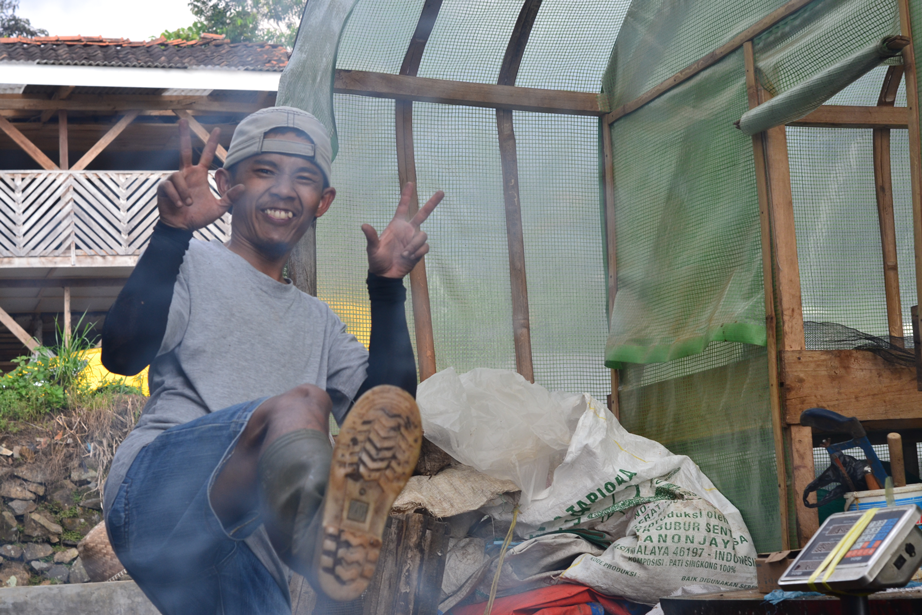
FOR THE PUNTANG AREA, IS THERE A STORY BEHIND THE NAME ‘PUNTANG’ OR OTHER NAMES FOR THE COFFEE PRODUCTS YOU SELL? CAN YOU TELL US ABOUT THEM?
“The area of Puntang itself is actually very wide, covering 3 villages, starting from the village of Pangkuan Hutan, Pasimulya, Mekarjaya and Campakamulya – with an average area per village ranging from 250 to 300 hectares
The initial intention was to preserve the forest. We collaborated with Perhutani so that our forests can be maintained, manage water sources so that drought does not occur during the dry season.
From this simple thing, it turns out that 2016 coffee from this area is booming and highly sought after – opening opportunities for the natives here to make it a promising source of income. Since then, we, together with the residents, have been assisted by the government, trying to start organizing things to be better and more professional.
Adhering to economic, ecological and social principles, we take these 3 things as a guide that becomes our corridor to make coffee as an economic driver. From plantation, processing, post-harvest, we also have a small roastery and shop for people who visit us.”
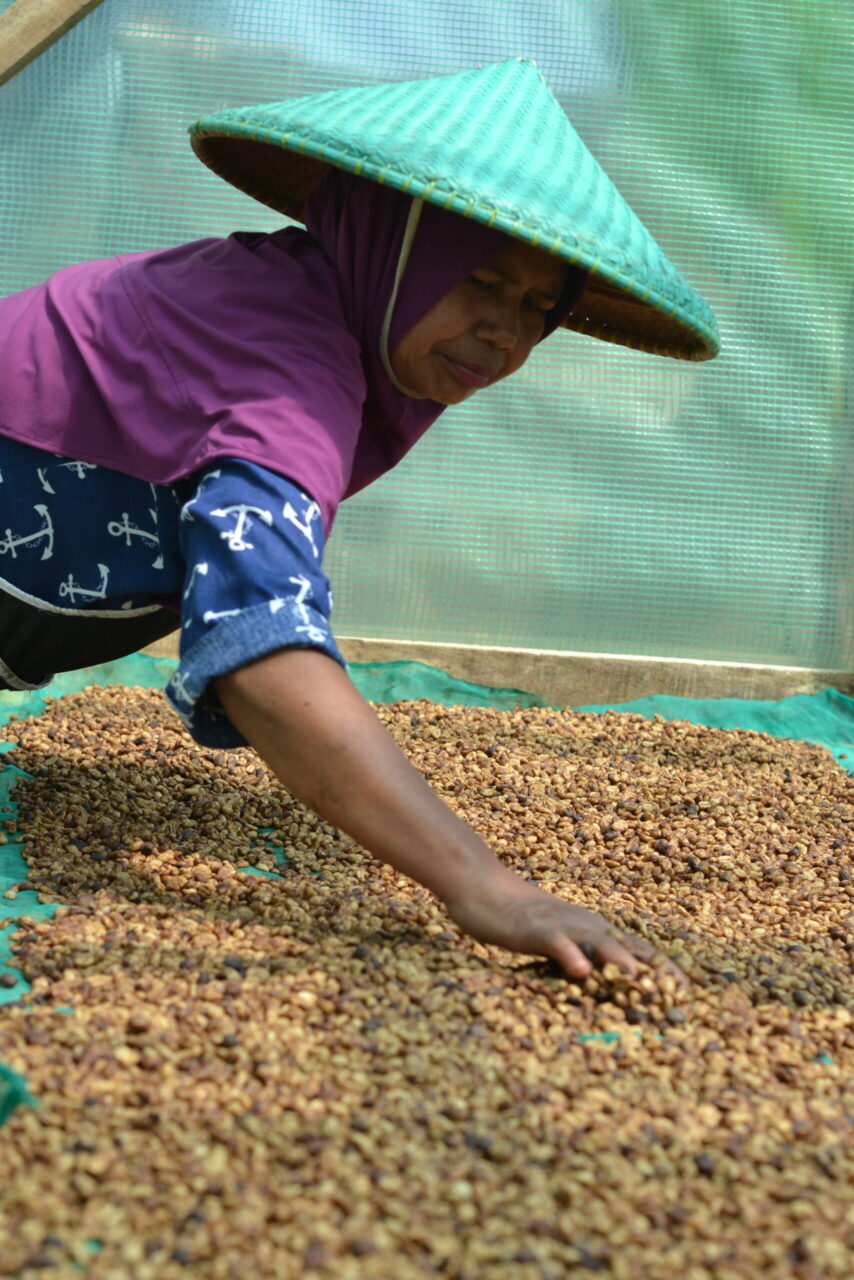
WHAT IS YOUR FAVORITE PART OF THE WHOLE COFFEE GROWING/PROCESSING PROCESS? CAN YOU EXPLAIN WHY?
“I like the post-harvest stage the most – because I can experiment – the beginning of my struggle in the coffee industry was from post-harvest processing. Besides that, I also like the stages of growing coffee, because if you think about it, it’s amazing to imagine how a relatively small tree can make a difference to everyone. I also see it as a contribution to the ecology -by planting coffee trees, we have indirectly contributed to the sharing of oxygen for all living things.”
WHAT DO YOU LIKE THE MOST ABOUT YOUR CURRENT JOB AS A COFFEE FARMER/PROCESSOR?
“What I like most is meeting new people, new friends, and new relatives. I also get a lot of opportunities, both directly and indirectly.”
DOES YOUR COFFEE COME FROM A SINGLE ORIGIN/MICROLOT FARM OR COLLECTIVELY (THERE ARE MANY VARIETIES)?
“There are single varieties and collective. For singles, there are bourbon and Typica, there is also a variety called Old-typica by the farmers here, there are also those who call it Sunda-geisha or Sunda. I’m also not clear in detail how it started, for sure this is our mainstay variety at this time.”
WHAT TYPE OF COFFEE DO YOU CURRENTLY HAVE – BOTH VARIETIES AND PROCESSING?
“The region is specifically located on Mount Puntang, the village of Pasir Mulya, Banjaran District with an altitude ranging from 1,350 to 1,750 above sea level.”
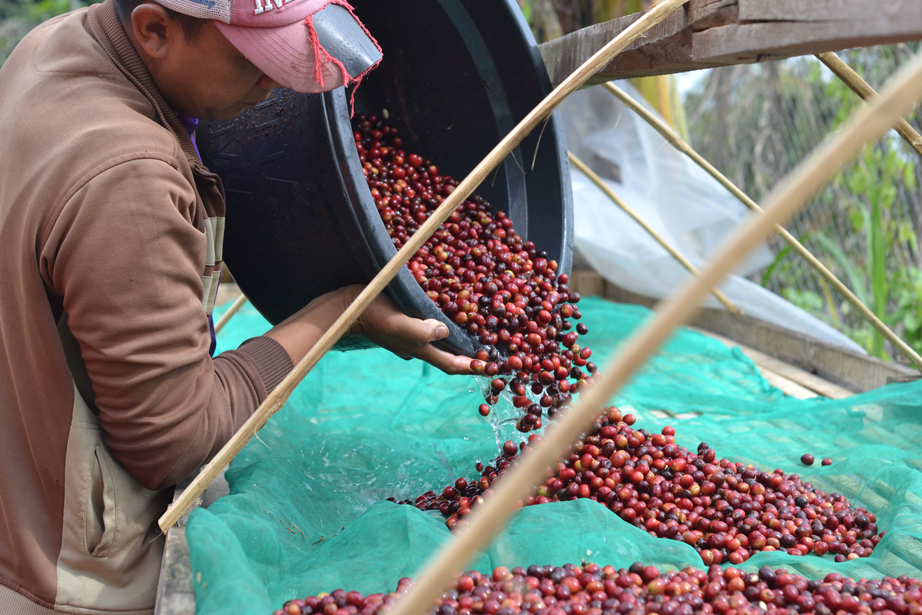

HAVE YOU EVER DONE A CUPPING TEST FOR YOUR PRODUCT? IF SO, WHAT WAS THE SCORE?
“Not specifically, but one of our coffees has been included in the Indonesian specialty coffee contest organized by the Indonesian Coffee Exporters Association. And it turns out that our Sunda coffee got a cupping test of 90.75. And it breaks the record to date.”
TASTE NOTES/CHARACTERISTICS THAT EMERGE FROM YOUR COFFEE PRODUCT?
“Depends on the process and variety. For the black honey process, the majority of them produce floral, jasmine, orange, sometimes plum or peach tastes.
For the natural anaerobic process, it releases tastes of mango, pineapple, and strawberry. Usually more acidic.”
FOR YOUR AREA, USUALLY WHEN IS THE HARVEST SCHEDULE?
“At this time we have entered the beginning of the harvest month – usually the harvest starts in May, ends in September.”
WHAT IS YOUR HARVEST YIELD?
“On average we have 2 tons per process. But this of course all depends on demand, we can provide more than this, although the supply of Sunda coffee is limited.”
CHECK OUT MORE PICTURES FROM THE FARM:
TRY OUR SUNDA MT. PUNTANG NATURAL AND OUR OTHER COFFEES:
Coffee varieties, varietal, cultivar; What does it all mean?
WHY ARE COFFEE VARIETIES IMPORTANT? How important coffee varieties are depends on your role in the coffee supply chain. If you’re a consumer, you migh...
KOPI LUWAK, THE MYTH, THE Legend AND THE SHIT
MYTHS AND LEGENDS AROUND THE KOPI LUWAK TOPIC. A few sentences of introduction – what exactly is kopi luwak? For those unfamiliar with the Kopi Luwak ...
GET TO KNOW OUR GAYO
4°33’32.1″ N 96°52’08.1″ E 3X PICK GAYO SEMI-WASHED Find out more about our 3X PICK GAYO SEMI-WASHED below. COFFEE FROM THE GAYO REGION OF SUMATRA Cof...
